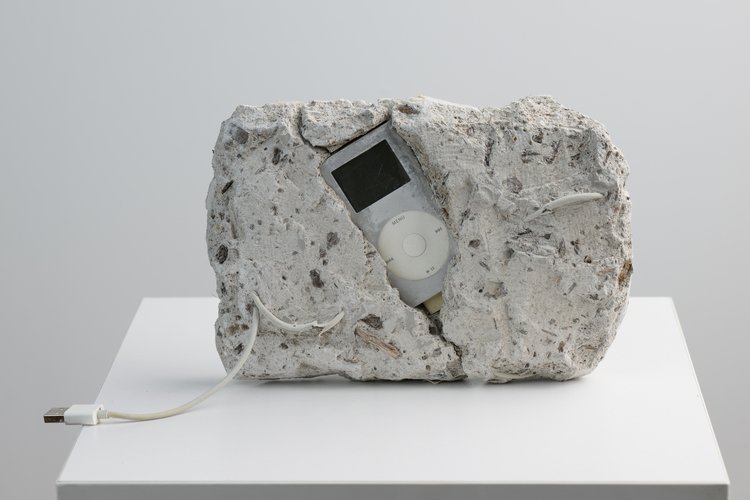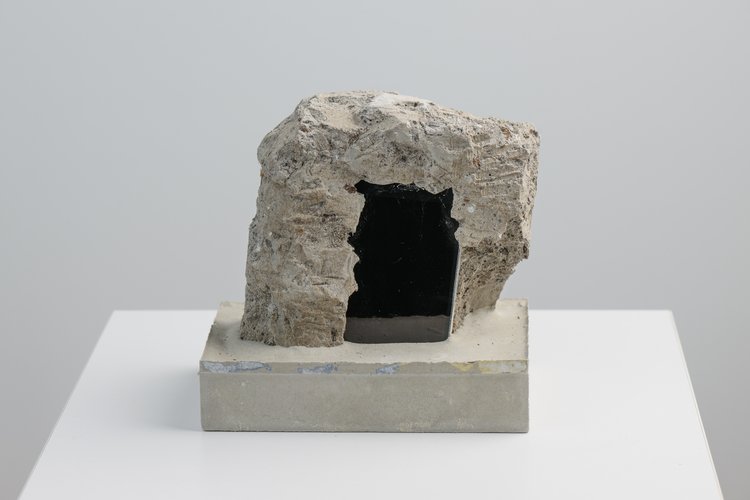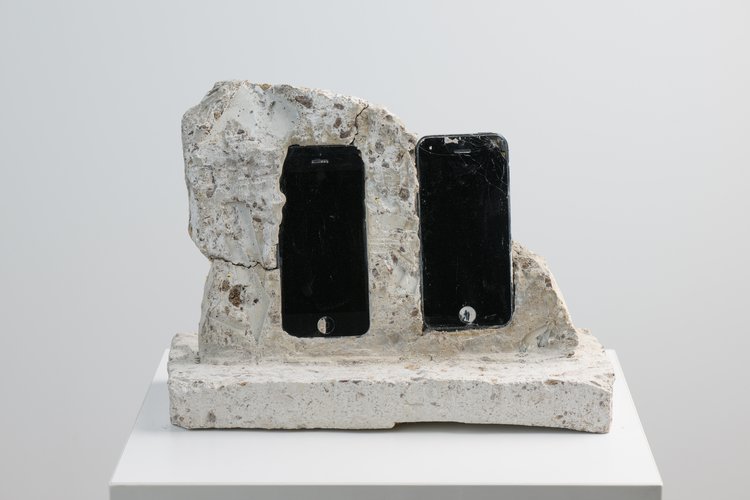We were lucky to catch up with Blair Simmons recently and have shared our conversation below.
Hi Blair, thanks for joining us today. Can you talk to us about how you learned to do what you do?
So I don’t necessarily work in a way where there is one thing that I’m trying to learn and in fact, I think about learning as something that I am consistently doing and continuously over time. I don’t think that I could have gotten to where I am any faster than I have and I don’t think I’m done yet.
Collaboration is the way to learn. Teaching something you don’t know is the best way to learn. And listening to what other people have to say and asking good questions. The moments I’ve stopped learning is when I thought I knew everything.

Great, appreciate you sharing that with us. Before we ask you to share more of your insights, can you take a moment to introduce yourself and how you got to where you are today to our readers.
What do I do? I don’t know. I make sculptures and performances and curate shows and teach. Sometimes it sounds like I am doing 1000 things, but really, my teaching and my art making and my curatorial process are all deeply connected. I also do just like an absolute ton of research. What’s really cool about research being at the center of everything for me is that sometimes I end up making a project in reaction to that research or sometimes it ends up being a slideshow that I bring to class and sometimes it ends up being a curatorial thesis statement for a show. So I think for me, everything is really grounded in research and exploration and trying things out.
The things I research are ideas of otherness and uselessness and mechanization and failure. I think a lot about chronic pain. Some of that is because I am queer and because I have chronic pain and I’m really deeply interested in, not only my own outputs around those topics, but also artists and thinkers who have made around these topics and written around these topics before. I find it exciting and enriching to sort of situate myself within a history of makers and thinkers.

What’s the most rewarding aspect of being a creative in your experience?
For me it’s discussion and community. I don’t like making anything in a vacuum. I never make anything and put it out in the world without standing next to it and talking about it with other people. My favorite things I’ve worked on have been things I’ve worked on in collaboration. But if I make something by myself and then I bring it into a space, my favorite part is is getting to talk to people about it and getting to share it. I like to generate conversation and sometimes that is the work itself and that often is more important to me than the object.

What’s a lesson you had to unlearn and what’s the backstory?
When I was a kid, I had absolutely terrible handwriting. Like, in school I failed my handwriting test multiple times. And I was really actually quite ill-skilled at drawing. Because of that, I did not think I would be an artist and nobody else in my life thought that I would be an artist.
It wasn’t until other people started telling me that I was making art, and until I deepened my understanding of what art could be, that I started calling myself an artist. I had been making art my entire life and didn’t know it because my conception of art making was drawing and painting and I wasn’t good at those things.
Contact Info:
- Website: https://blairsimmons.com
- Instagram: @blairsimmons
- Other: @blairsimmons.bsky.social

Image Credits
theBlanc Gallery


